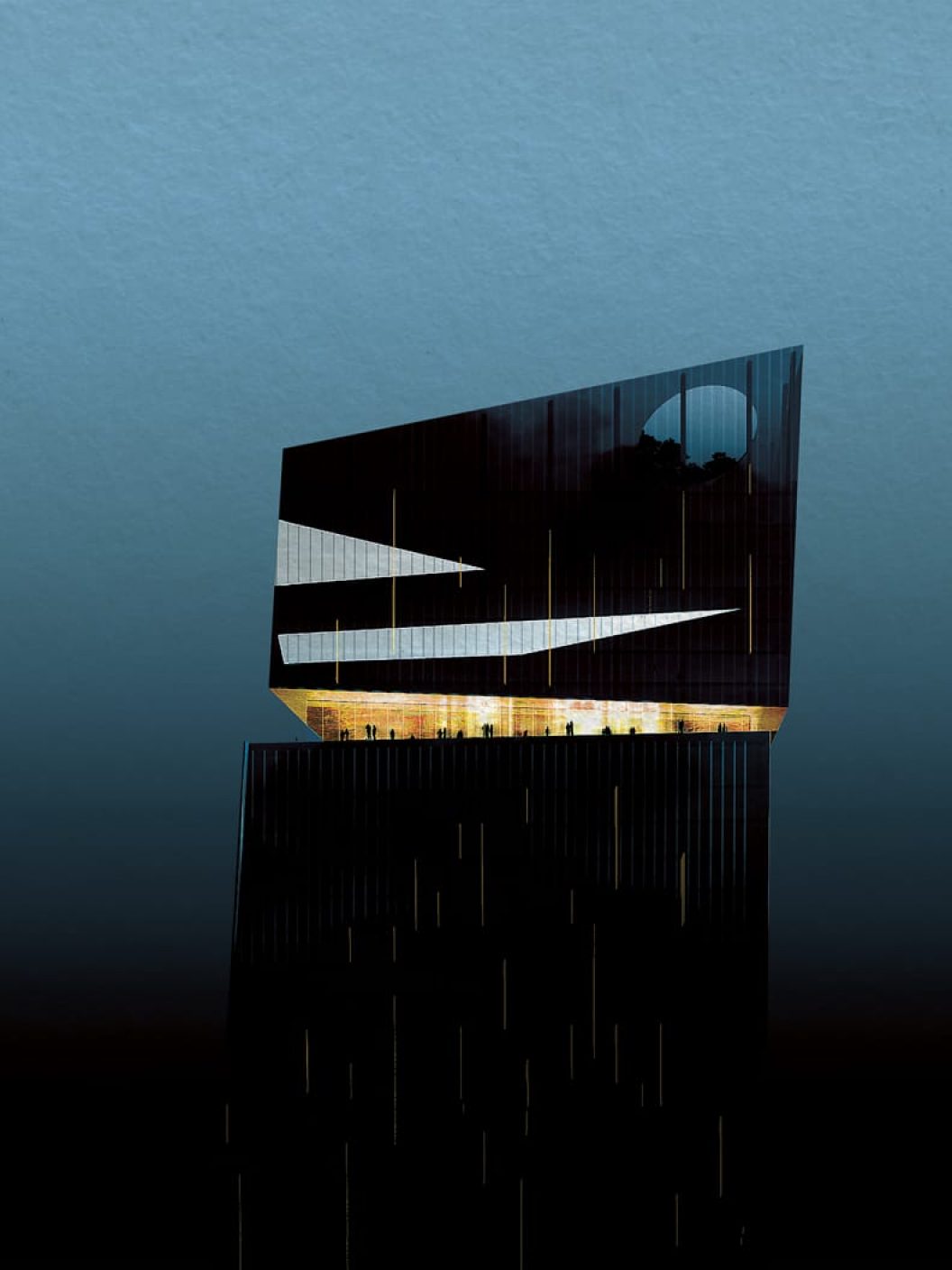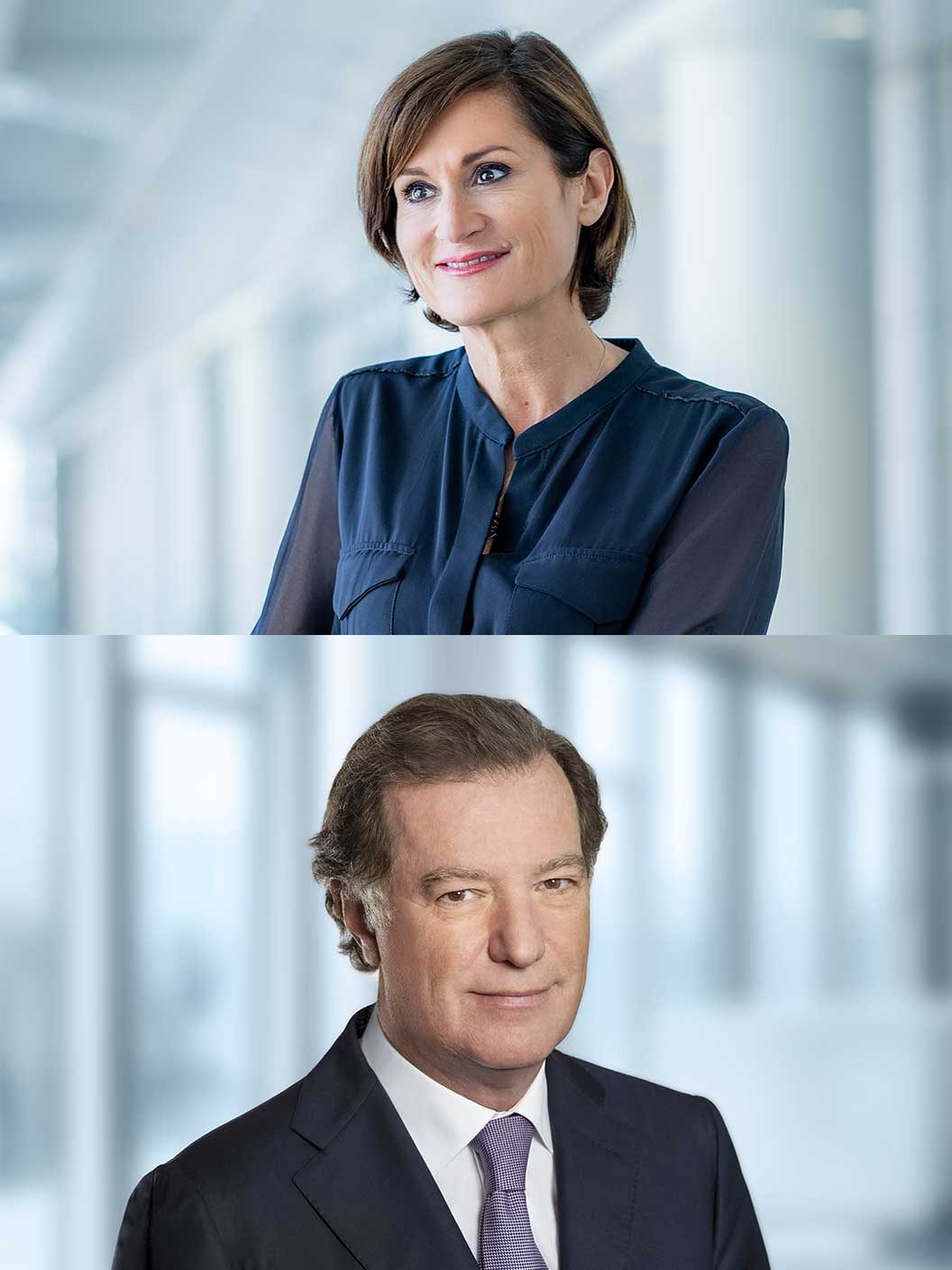
The architectural project
The urban renewal of southeast Paris began in 1988. The Paris City Council approved a development plan in 1991 for the ZAC Seine Rive Gauche, which was subsequently renamed Paris Rive Gauche in 1996.
Divided into four quarters – Austerlitz, Tolbiac, Masséna, and Bruneseau – and until then chiefly occupied by former industries, the district was transformed with the construction of the Bibliothèque nationale de France (National Library of France) and the creation of Avenue de France. In 2011, the decision made by the City of Paris to build a new tower to the north of the Bruneseau quarter caused a sensation: since the Montparnasse and Beaugrenelle towers were built in the 1970s, no high-rise buildings had been constructed in the capital. One year of meetings and discussions later, the project selected at the end of the invitation for tenders was the design submitted by Ivanhoé Cambridge, a real estate subsidiary of the Caisse de dépôt et placement du Québec (‘Quebec Deposit and Investment Fund’), which signed a commitment to purchase the land in 2013. In the end, not one but two towers would be built: two asymmetrical towers, 180 and 122 meters in height, designed by Ateliers Jean Nouvel and built by BATEG, a subsidiary of the VINCI Group, and Hines, acting in its capacity as a delegated project leader. In 2017, Groupe BPCE signed an agreement with Ivanhoé Cambridge for the lease and co-ownership of the entire office complex with a view to making it its corporate headquarters. On June 7, 2022, the Duo Towers – known within the Group as the BPCE Towers – welcomed their first employees and became the shared home of Groupe BPCE companies.
“East Paris is a work in progress… A new dawn… A fresh promise… The aim here is to build its pinnacle, its crowning point for the beginning of this new century.”
